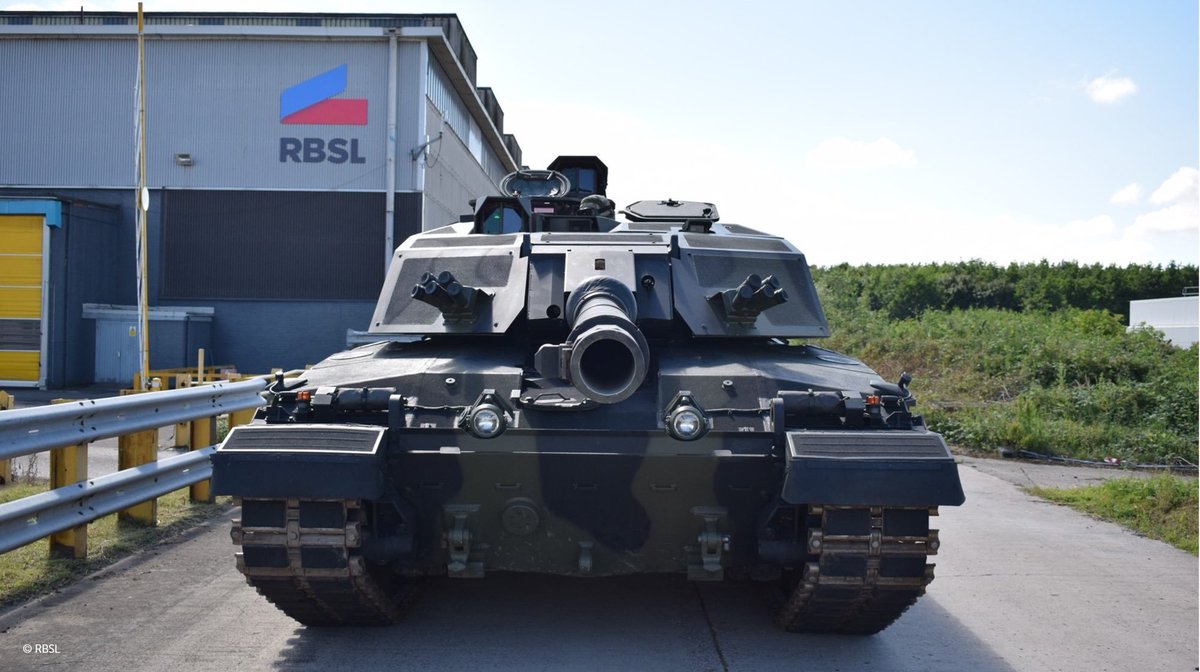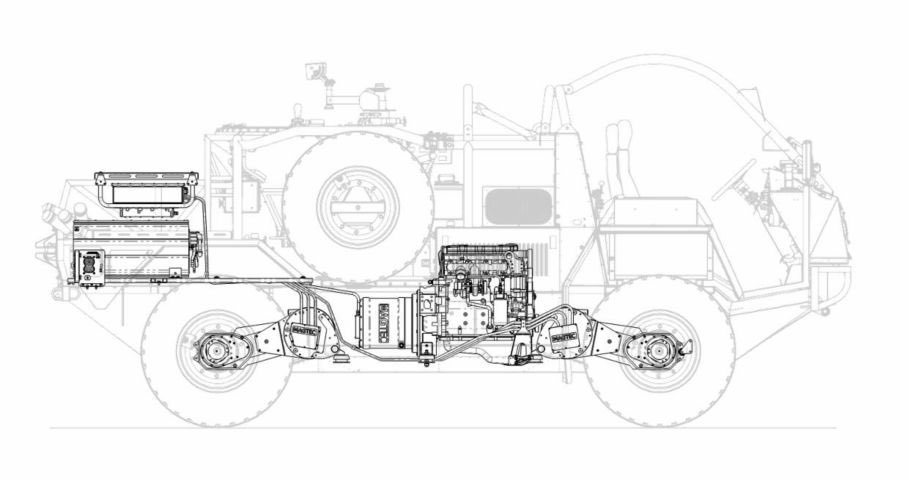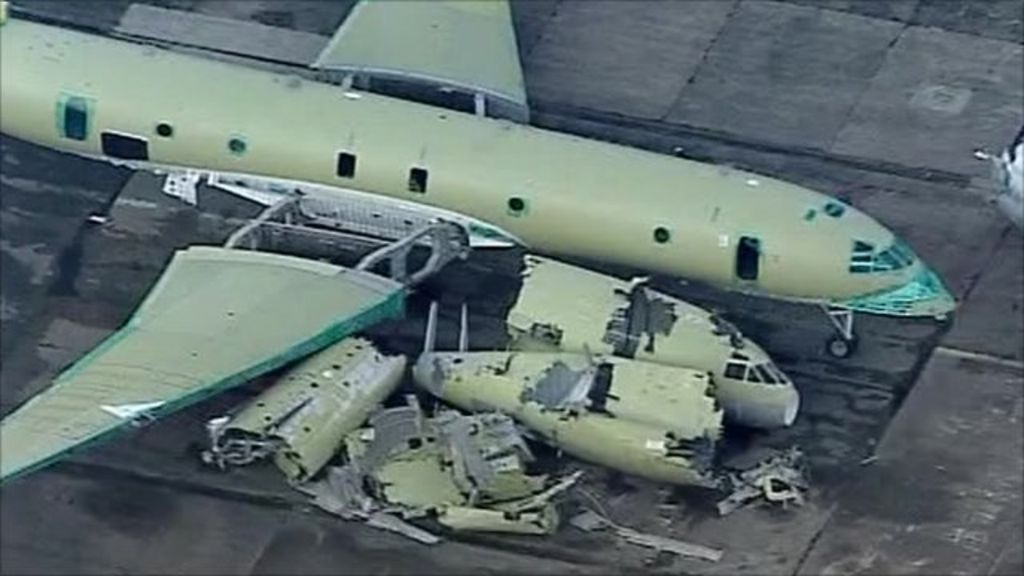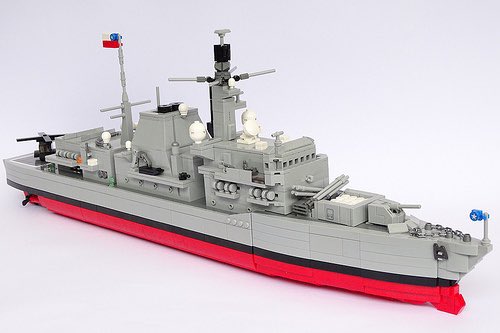
1/ A thread covering a Teamed Program approach to establish a bedrock for restoring land vehicles expertise and supply to the Army in the 2030 onwards timeframe. Working title: Team Land Forces. 

2/ Readers may recognise the success the MOD has had with Team Complex Weapons, the RAF with Team TEMPEST and the Royal Navy with the National Shipbuilding Strategy. The Army would benefit form a similar, coherent, vision.
3/ The MOD and Army requires current and future military capabilities with both Operational Advantage and Freedom of Action without supply chain hindrance.
4/ The UK defence industry requires a sustainable and profitable business and aims to be MoD’s supplier of choice for the supply and support of land vehicles.
5/ The Team would deliver Capabilities to the Army via an initial three broad Capability Groups - Regeneration(Tank) or REGEN(T). Armoured is inclusive of the Protected and Fighting terms, amongst others.
6/ AVRe Cap 1 - Existing Medium Weight Capability being introduced in the form of MIV, with continued Spiral Development.
7/ AVRe Cap 2 - A light family of wheeled and tracked vehicles.
8/ AVRe Cap 3 - A heavy family of tracked vehicles.
9/ AVRe Cap 4 - Individual personnel protection and equipment.
10/ Each AVRe Capability Group would be delivered with the following methods:
11/ Commonality: The development of solutions that satisfy multiple uses within each AVRe Capability
12/ Modularity: Sharing components and systems for solutions both within and between AVRe Capabilities.
13/ Stockpile reduction: Move from contract production to a responsive production line. Reduce initial pool size with lower volume, more frequent deliveries, selling off or scrapping the older vehicles as age and wear/damage accrues.
14/ Future planning: MOD and the Team collaborate on future planning and budget.
15/ Support savings: Leverage the Unified Support Environment model introduced with Team Complex Weapons and Team TEMPEST to deliver savings in through-life costs.
16/ Collaboration: Accommodate collaborative projects between Services or International Partners as a mechanism to provide savings. Savings are prioritised over export profit, though the latter is not precluded.
17/ Future threads will look at the initial AVRe Capability Groups that this Teamed Program approach, in the guise of Team Land Forces, could deliver using this proven and successful model.
/FIN
Unroll please @threadreaderapp, thank you.
@thinkdefence @thepagey @nicholadrummond @JonHawkes275 @jedpc @Sam_Cranny @2805662 @DefenceHQ @bermicourt @rude_mechanic @warmatters @FTusa284 @IanNicholsonIP @CR940 @Nir_Kahn
AVRe Cap 3 thread, built on the shoulders of giants.
https://twitter.com/TotherChris/status/1369386556314812422
• • •
Missing some Tweet in this thread? You can try to
force a refresh










